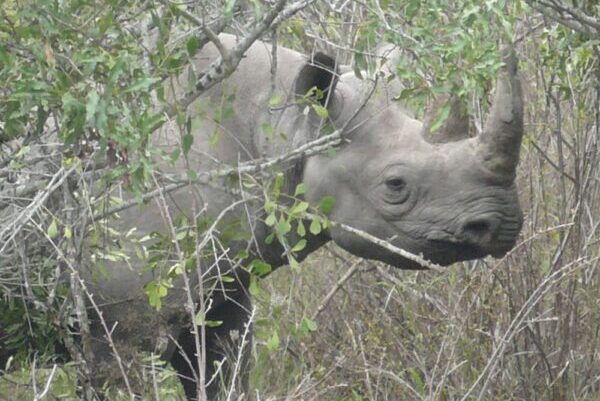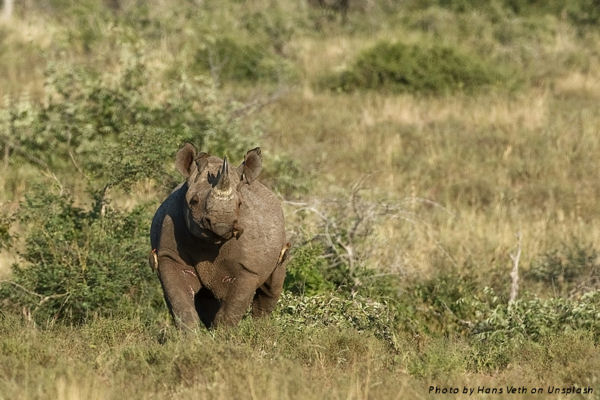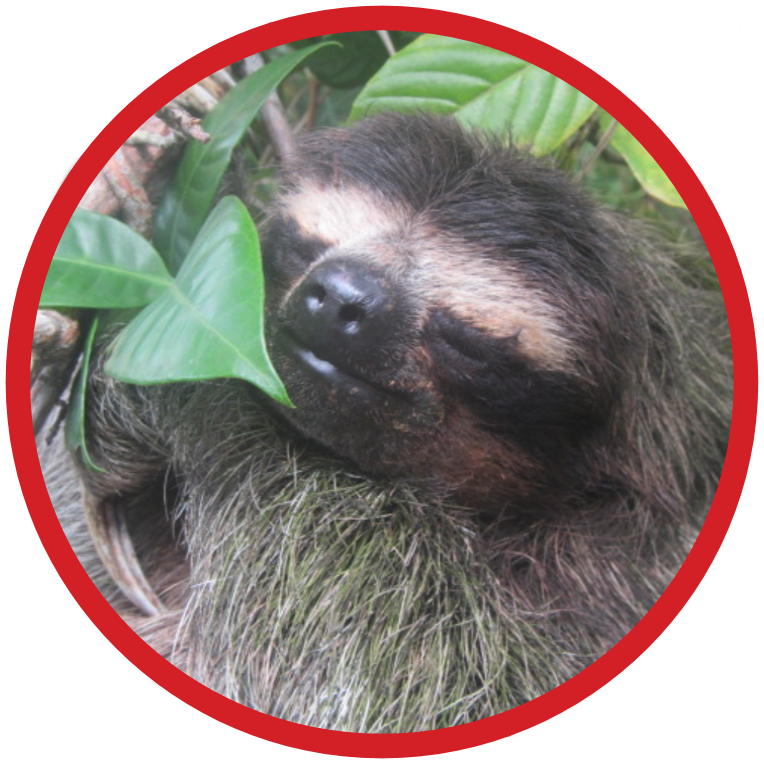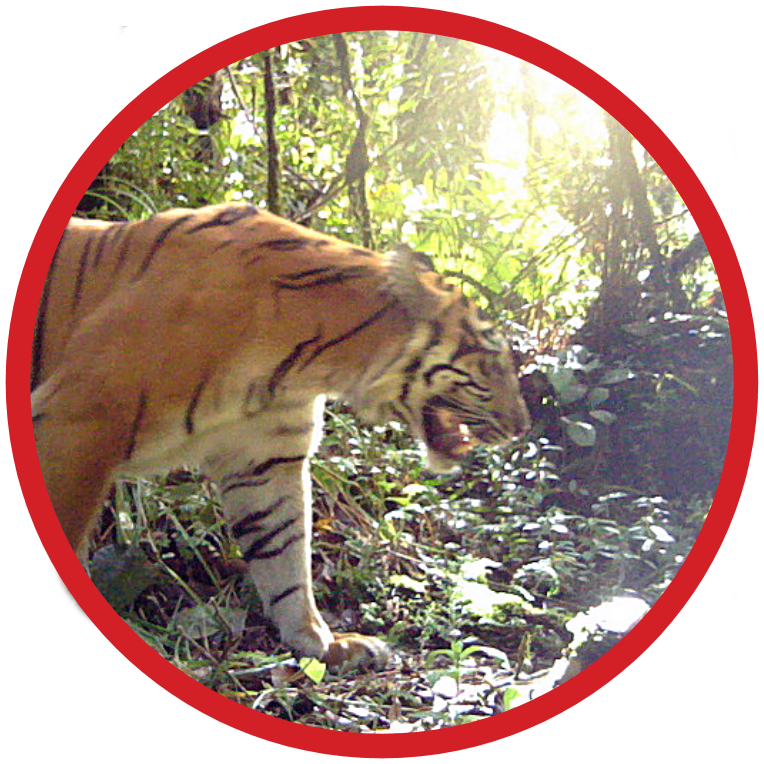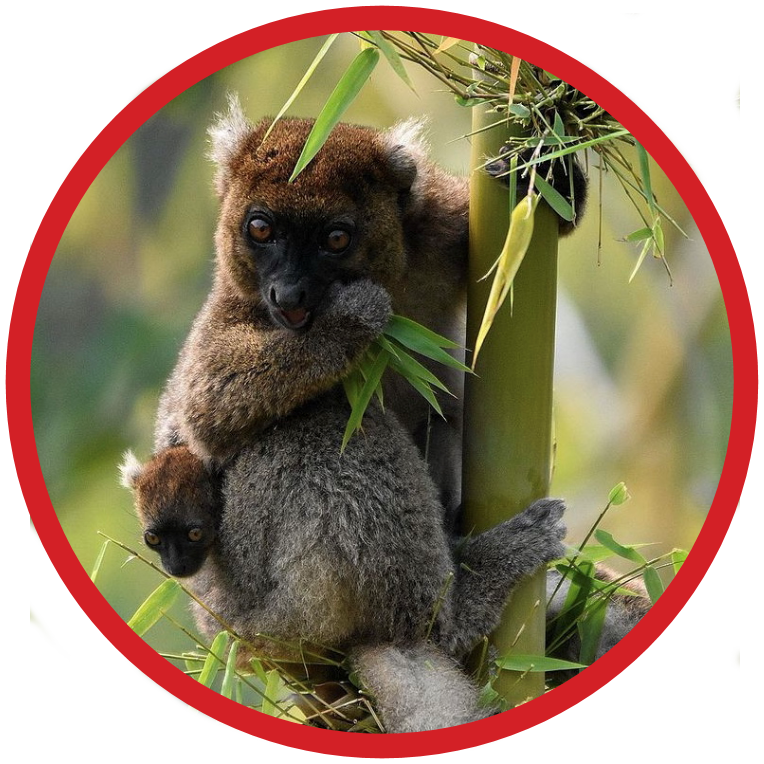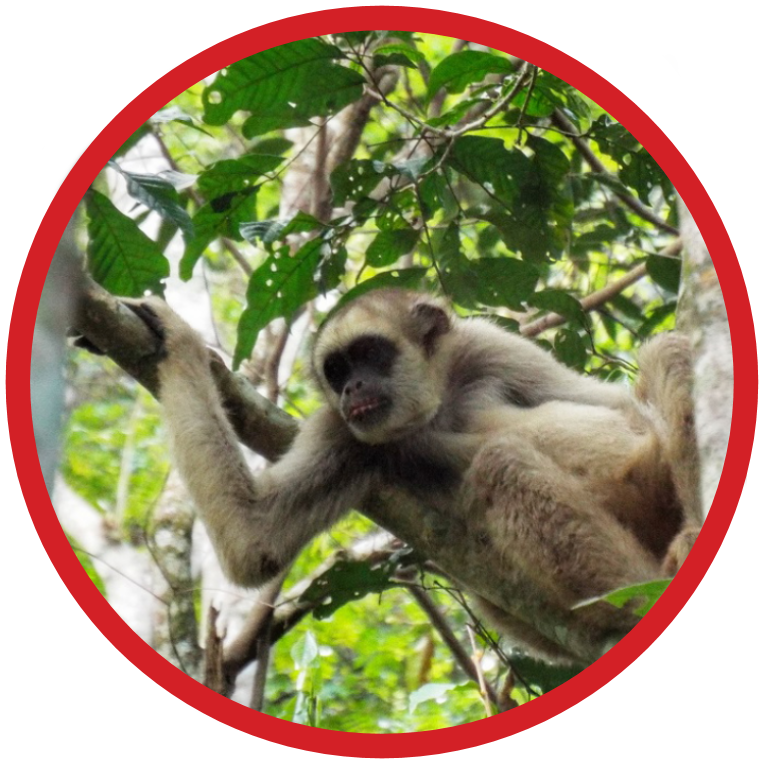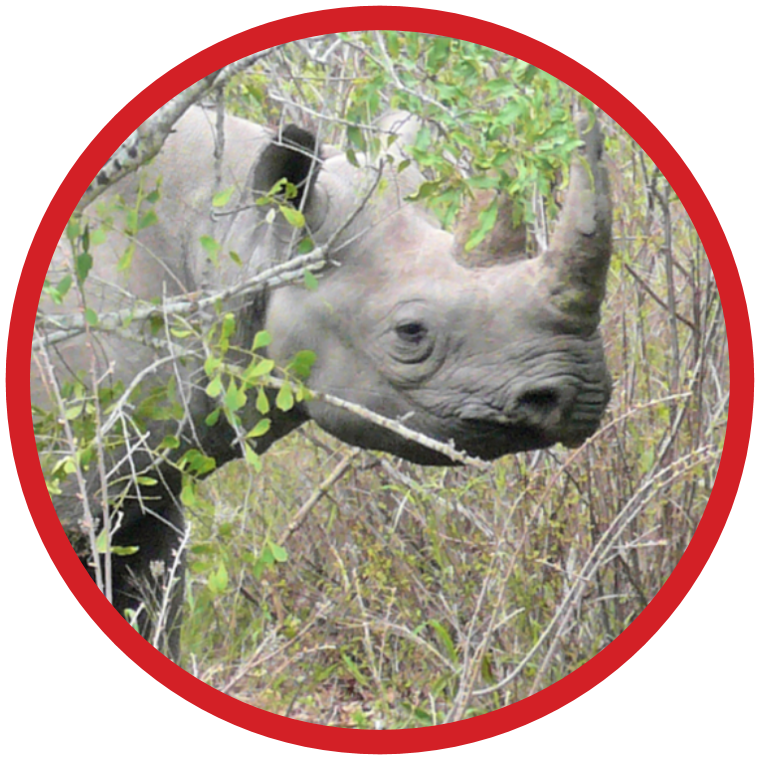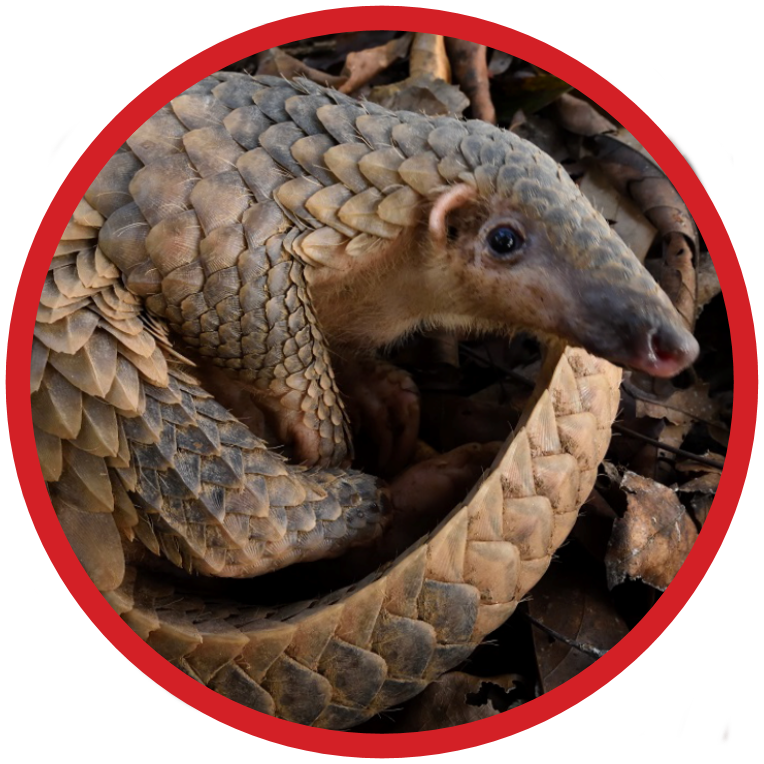IUCN Category:

CRITICALLY ENDANGERED
A2abd+4abd
Species Name (Common):
African Black Rhinoceros
Species Name (Scientific):
Diceros bicornis
The African Black Rhinoceros, commonly known as the Black rhino, is one of Africa’s two iconic rhino species, the other being the larger white rhinoceros.
Habitat Type:
Savanna, Shrubland, Desert
Geographic Range:
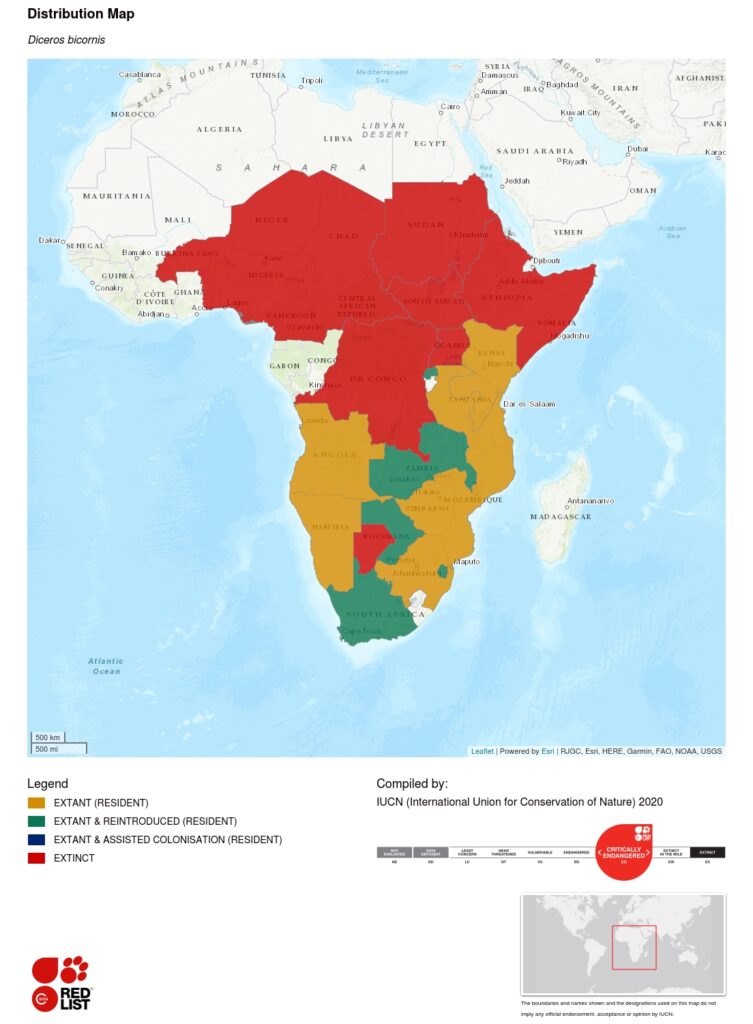
Range:
Black Rhinos are found in a range of habitats, including savannas, grasslands, and tropical bushlands across eastern and southern Africa, particularly in countries like Kenya, Tanzania, Namibia, and South Africa.
They prefer areas with dense vegetation, where they can browse on shrubs and trees. They are highly territorial, marking their range with dung and urine.
Estimated population of mature individuals:
Only ~ 3,142
Population Trend:
Increasing
Primary Threats:
Humans – poaching and the illegal horn trade, corruption and inadequate legislation, habitat loss and fragmentation through climate change, agriculture, settlement encroachment, and infrastructure development. Loss of genetic diversity caused by low population density from the above causes.
Conservation Efforts:
Various international and local organizations are working to protect rhino populations through anti-poaching efforts, habitat conservation, and legal protections against the horn trade. Banning all international commercial trade in Black Rhinos and their products. Combating the illegal trade. Monitoring, habitat regeneration, artificial reproductive research. Integration of local communities into conservation efforts.
Importance in Ecosystems
Ecosystem Engineers:
Black Rhinos play a crucial role in their ecosystems. As browsers, they help shape the landscape by preventing the overgrowth of woody plants, allowing grasses to flourish, which benefits other herbivores like zebras and antelopes.
They are an iconic species with huge cultural significance, which along with White Rhinos, are often seen as symbols of strength and resilience in African culture. They are a remarkable and ancient species, but its survival remains precarious due to human activities, making conservation efforts crucial for its future.
Here are some key characteristics:
Physical Description
Size and Weight:
The African Black Rhinos are smaller than White Rhinos, weighing between 1,800 and 3,100 pounds (800 to 1,400 kg).
They stand about 4.5 to 5.5 feet (1.4 to 1.7 meters) tall at the shoulder and measure 10 to 12 feet (3 to 3.6 meters) in length.
Horn:
Like all rhinos, Black Rhinos have two horns made of keratin. The front horn is larger, averaging around 20 inches (50 cm) but can grow up to 4.5 feet (1.35 meters). The second horn is typically smaller. These horns are used for defence, digging for water, and breaking branches.
Rhino horns are made of keratin, similar to our hair and fingernails and has absolutely no medicinal benefit.
Skin:
Their thick, gray, hairless skin protects them from the sun, thorns, and predators. Although thick, it is sensitive and prone to infections if injured.
Mouth:
The Black Rhino has a pointed, prehensile upper lip, which distinguishes it from the White Rhino’s broad, flat mouth. This lip allows it to grasp twigs and leaves, suiting its role as a browser.
Behaviour and Social Structure
Social Structure:
Unlike White Rhinos, black rhinos are more solitary animals. They typically only come together for mating or when a mother is with her calf. Adult males maintain territories that overlap with the ranges of several females.
Aggression:
Black Rhinos are known to be more aggressive than their white counterparts and are quick to charge if they feel threatened. Despite their bulk, they are surprisingly fast, capable of running up to 35 miles per hour (56 km/h).
Communication:
They communicate through a variety of sounds, such as grunts, growls, and snorts, as well as through scent markings.
They have excellent hearing and sense of smell, but they have poor eyesight.
Diet:
Black Rhinos are browsers, meaning they primarily eat leaves, twigs, and branches of bushes and trees. Their prehensile upper lip helps them pluck foliage from trees and shrubs, making them important for maintaining the ecological balance by preventing overgrowth in their habitats.
Reproduction:
Black Rhinos have a long gestation period of about 15-16 months. A single calf is born and will stay with its mother for up to three years, until the next calf is born. Females reach sexual maturity at around 5-7 years, while males take longer, usually maturing between 7 and 10 years.
Lifespan
They can typically have a lifespan of 35 to 50 years in the wild, dependant on the threats to them.
Other Critically Endangered species that need your help …

